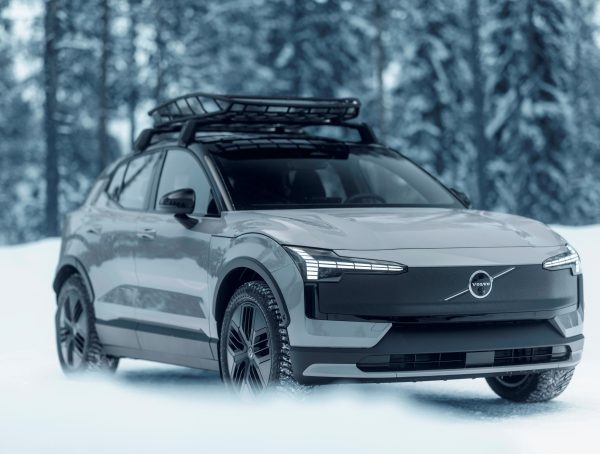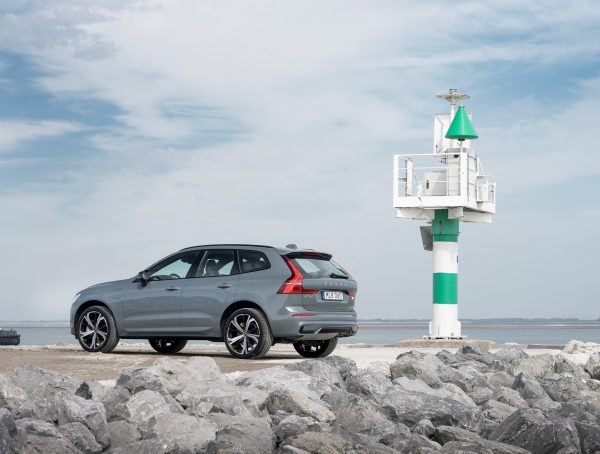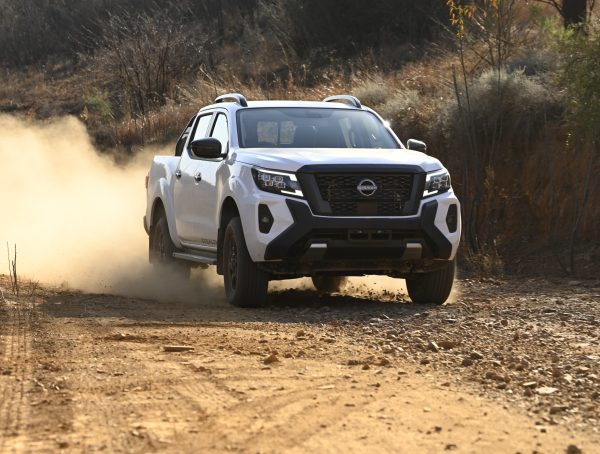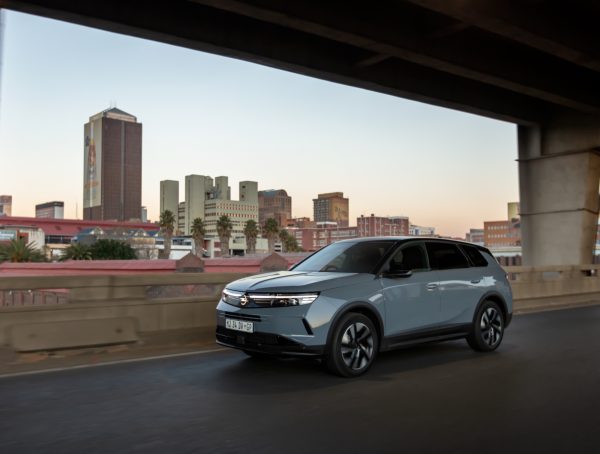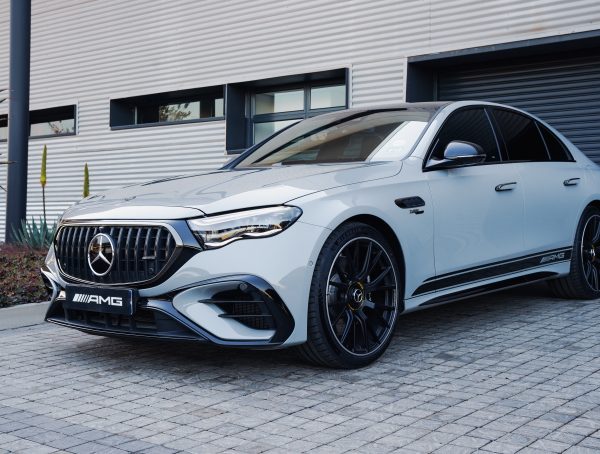Volvo has implemented its controversial speed limit on its new cars, limiting the top speed of its SUVs, sedans, and wagons all in the name of road safety. Announced last year, the plan also sees each new Volvo come with the automaker’s Care Key, a special key that allows extra limits to be placed on the vehicle before a less experienced driver is allowed behind the wheel.
Every new Volvo purchased from today will now come with a limited top speed of 180km/h. Much like existing speed limiters – which are typically set to 250 km/h on high-end vehicles – the cap is electronic rather than mechanical; Volvo’s cars will continue to offer the same power and torque.
“We believe that a car maker has a responsibility to help improve traffic safety,” Malin Ekholm, head of the Volvo Cars Safety Centre, explains of the decision. “Our speed limiting technology, and the dialogue that it initiated, fits that thinking. The speed cap and Care Key help people reflect and realise that speeding is dangerous, while also providing extra peace of mind and supporting better driver behaviour.”

Volvo’s decision to implement a speed cap proved divisive last year, when the system was first announced. On the one hand, the automaker makes a solid argument: above certain speeds, it points out, even the most advanced vehicle safety technology won’t be enough to prevent severe injuries and fatalities in the case of a crash. That applies to those both inside and outside of the car.
At the same time, critics pointed out, it could also be seen as an overstep, with Volvo acting as a “big brother” and imposing its opinions on drivers. Other potential technologies the company discussed at the time – such as geofencing and adaptive speed control, that could further lower the top speed capabilities of a car in certain locations, such as by a hospital or school – only added fuel to that fire.
“We want to start a conversation about whether car makers have the right or maybe even an obligation to install technology in cars that changes their driver’s behavior,” Håkan Samuelsson, president and chief executive at Volvo said at the time, “to tackle things like speeding, intoxication or distraction.”
As for the Care Key, that will borrow technology we’ve seen before on other cars – albeit with different framing. Dodge’s Hellcat models, for example, come with two keys. One, finished in black, limits the maximum power from the engine of the muscle-cars and prevents certain safety technologies from being disabled. The other key, finished in red, places no such limits, and in the process leaves the decisions to the driver.
Other automakers have used infotainment-based young driver modes, where aspects like speed, acceleration, and geofencing can be set and protected by a PIN code. In luxury vehicles, it’s not uncommon to find a so-called “Valet Mode” which applies stringent limits for when it’s left with a parking attendant or similar.
As to when this new limit is to reach vehicles in South Africa, is yet to be confirmed.
You might also like
More from Cars
Nissan’s New Navara Stealth Roars Back Onto SA Roads – Pricing
After a six-year hiatus, the locally built Nissan Navara Stealth is back - and louder than ever. Nissan has officially reintroduced …
New Opel Grandland Arrives in SA – pricing
The all-new Opel Grandland has landed in South Africa, bringing futuristic design elements from the Opel Experimental concept car to …
Mercedes-AMG E 53 HYBRID Edition 1 Arrives in SA – Only 12 Units Available
Mercedes-Benz South Africa has launched the Mercedes-AMG E 53 HYBRID 4MATIC+ Edition 1, bringing just 12 units of this exclusive …

